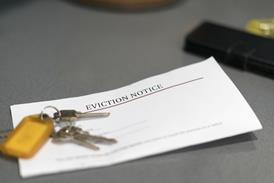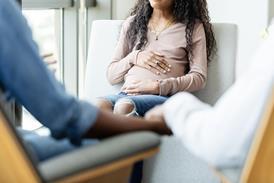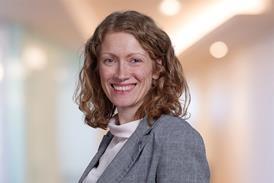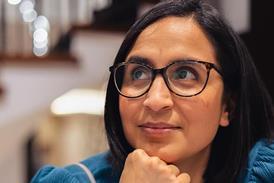Allen & Overy’s efforts to reduce its gender pay gap appear to have had little effect, with the firm reporting that its total gender pay gap has crept up since 2018.
According to figures released by the magic circle firm today, the mean combined gender pay gap for UK partners and employees is now 61.5%, up from 61.2% last year.
Discrepancies in pay among lawyers and senior lawyers have also increased slightly. The pay gap among UK senior lawyers rose from 2.6% last year to 3% this year, while among lawyers it rose from 0.9% to 4.4%. Among the firm’s partners, 80% of whom are men, the pay discrepancy stabilised at 15.9%.
However on the basis that, for London employees, the median and mean pay gaps improved this year, the report leads its 'key findings' summary by claiming its pay gap has improved. The difference between the mean hourly pay for all male and female employees in London is now 17.1% (down from 20% last year) while the average gender bonus gap is 40.3% (down from 45.3%).
The report states: ‘Having significantly more men in our partnership, and at the more senior levels, has the effect of widening the gender pay gap. This also applies to the 16.8% gap for senior professional staff – although this is down from 23.8% in 2018.’
It adds that achieving 'real progress’ relies on improving the gender balance at the most senior levels of the business.
According to the report, Allen & Overy aims to have at least 30% women in the partnership selection process each year and wants at least 30% of its global partners to be women.
On ethnicity, the report shows that 14.3% of employees identify as black, Asian or minority ethnic (BAME) and the overall ethnicity pay gap is 23.1%, up from 21.6% last year.
Allen & Overy also announced that it is closing its flexible working hub in Vauxhall, southwest of central London. The pilot scheme, designed to reduce employees’ commutes, did not attract enough interest, the firm said.
International firm DWF has also released diversity targets, and aims for its executive board to be at least 33% women by 2022 and for women to hold at least 30% of other senior leadership positions. It also wants at least 10% of its senior leaders to be BAME by 2022.



























7 Readers' comments